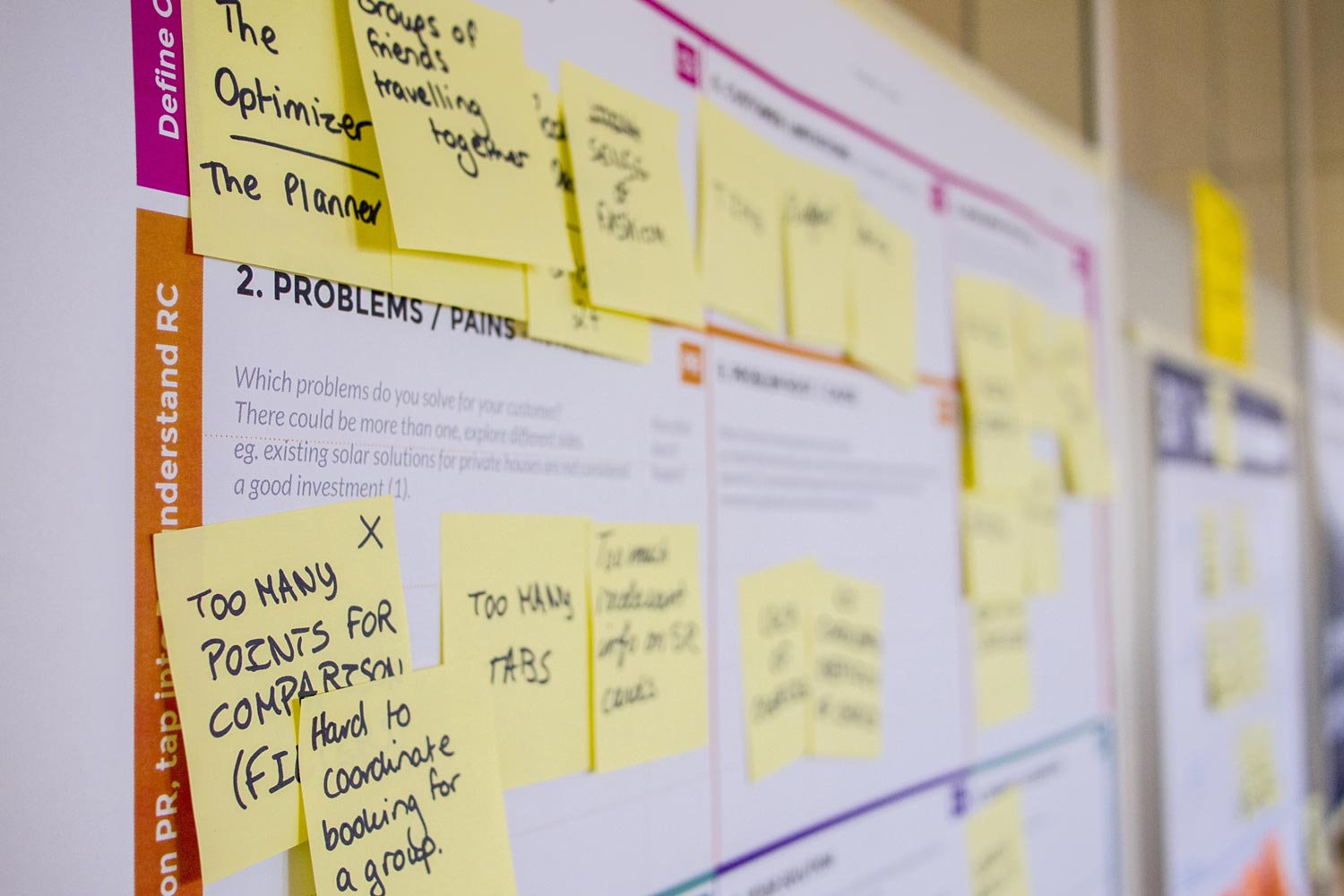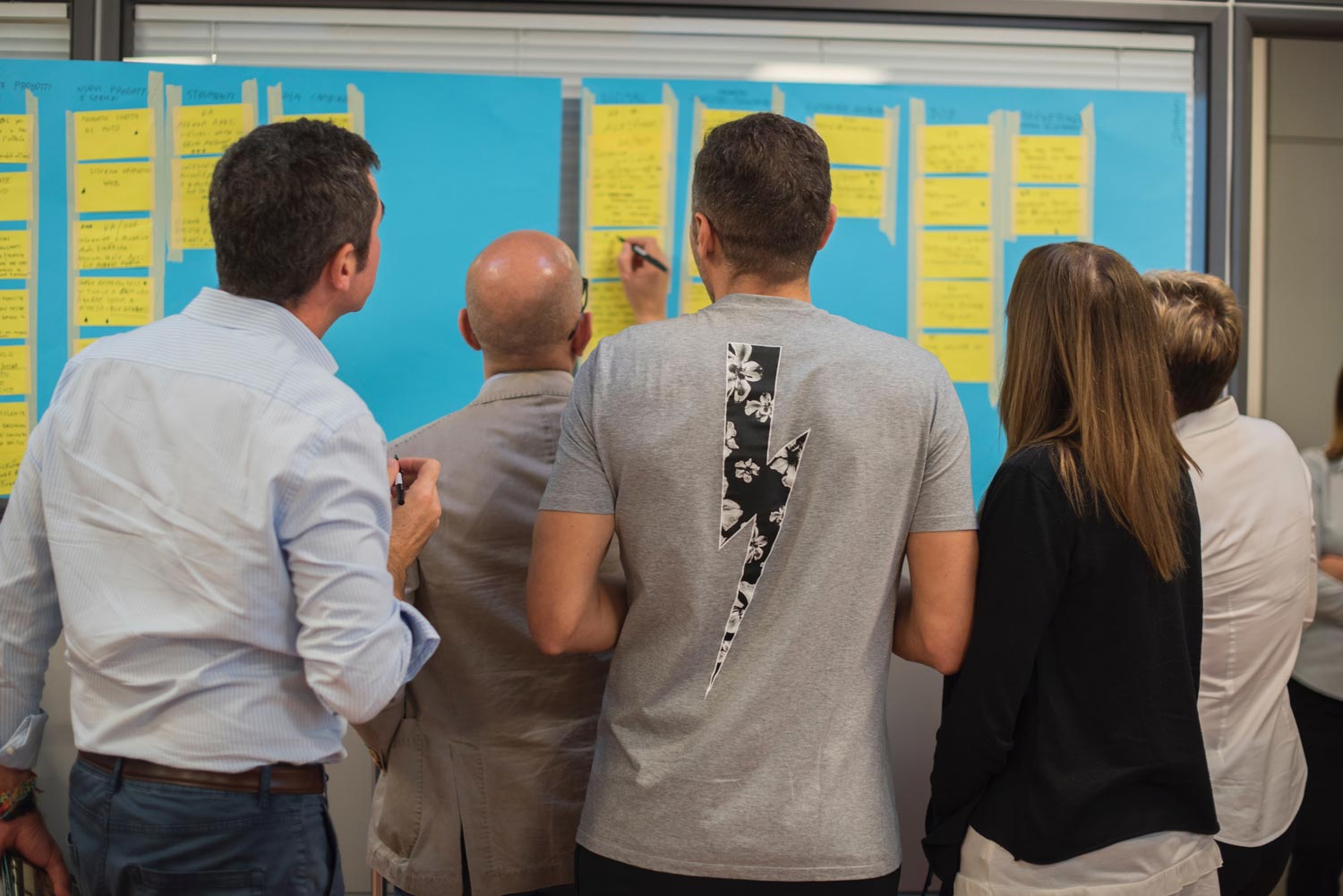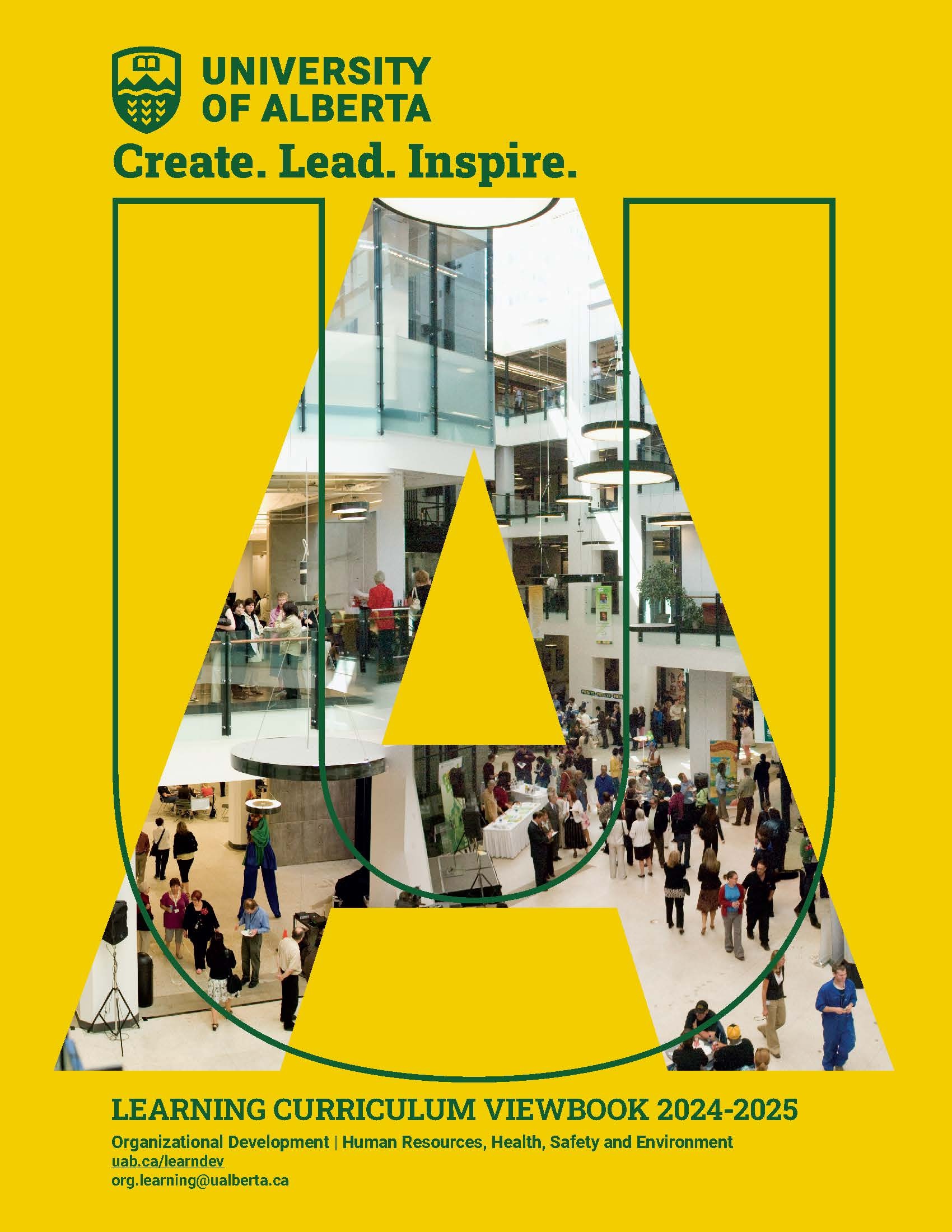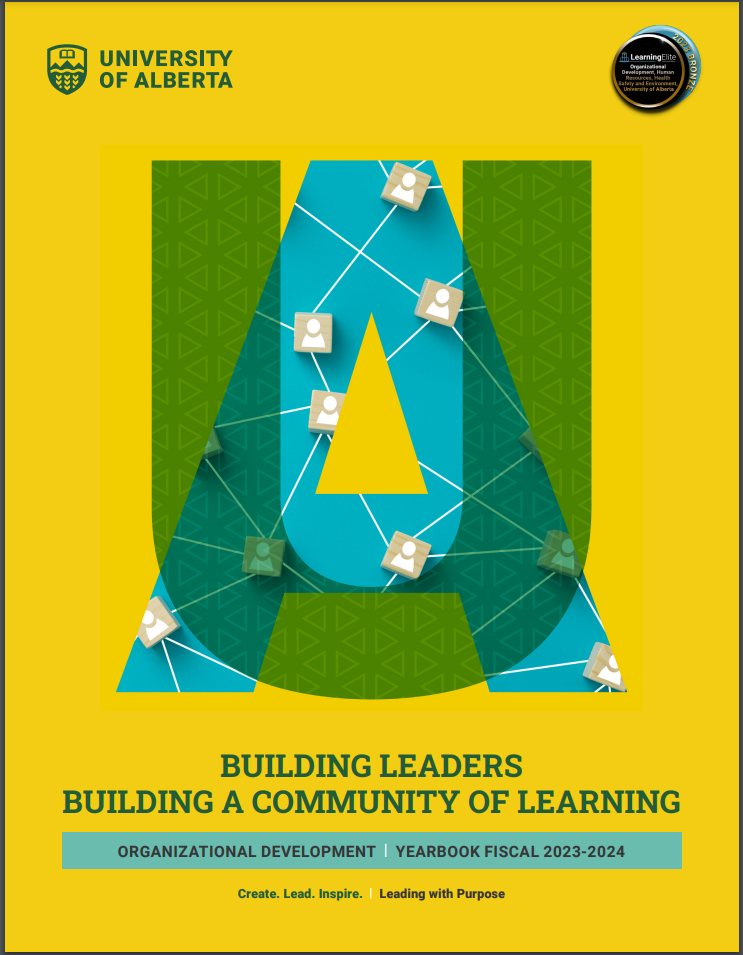Context

Leadership at the University of Alberta is guided by our core values of intellectual integrity, freedom of inquiry and expression, and equality and dignity of all persons. This has not changed. But, our leadership programs have. Why?
Leadership in a time of change and complexity
In the recent past, the University of Alberta has confronted new provincial, national and global realities, including:
- Provincial funding cuts, which prompted an ambitious transformation toward the University of Alberta for Tomorrow. Now, a new operating model is in place.
- A national commitment to Truth and Reconciliation, which bolstered the University’s commitment to indigenization. Now, the University has a new Indigenous Strategic Plan.
- Greater awareness of structural-exclusion, which underpins the need for the University’s Strategy for Equity, Diversity and Inclusivity. Now, units are grappling with how to adopt inclusive practices.
- A global pandemic, which required employees to find new ways to do their work. Now, hybrid work is commonplace.
There has been significant change and there continues to be pressure for change. Even beyond the University, the pace of change is increasing and being felt more acutely than before. Accelerating technological advancement and climate disruption suggest that additional changes are coming.
In this context, successful leadership means effectively navigating change and complexity and becoming comfortable leading during times of transition and uncertainty.


Hub and spoke diagram with Leadership Programming in the centre.
Centre: Leadership programming
Spokes:
- Leading change
- Leading hybrid
- Leading accountability
- Leading inclusivity
- Leading with purpose
Leadership at the university must:
- hold steady a sense of purpose amidst ever-evolving context;
- see change as an opportunity and spearhead change, where necessary;
- successfully integrate hybrid and flexible work environments;
- actively pursue indigenization, equity and inclusivity; and
- secure commitment and uphold mutual accountability.
Building skills
To support this kind of leadership, our leadership training is created with these five lenses in mind. It also builds skills that help leaders to take advantage of the opportunities that change presents and to spur innovation at all levels of the organization. These skills include:
Collaboration
To encourage and enable innovation, leadership must skillfully engage others in problem framing, problem investigation and problem-solving, with the understanding that their point of view is always limited and that seeking other perspectives is critical to a fulsome assessment of the situation or idea.

Change-agentry
Leadership means being willing to chart a new course. Effective leadership is proactive in anticipating change and committed to finding a better way forward. It mobilizes others toward a commonly-held goal and desired future.

Innovation
Leadership means having the courage to experiment and the mindset that failure is an opportunity for learning that provides valuable information. Leaders nurture innovation by empowering employees to generate, research and test ideas, and then invest in and scale approaches that prove valuable.

Disruption
Part of change and innovation also means diverging from what previously has been done. To successfully navigate a context of change, leadership must be able to identify systems or patterns of behaviour that keep the institution or unit from fulfilling its purpose and, then, unsettle those processes or patterns so that new ones can be established.

Inclusion
In a sea of change, relationships help to anchor us. Leadership must recognize the critical value of relationships and make every effort to bring people together, with sensitivity to the diversity that exists on our campuses. Effective leadership has the ability to create space for different ways of thinking, doing and being within the unit and then leverages the creativity that can emerge from difference.


